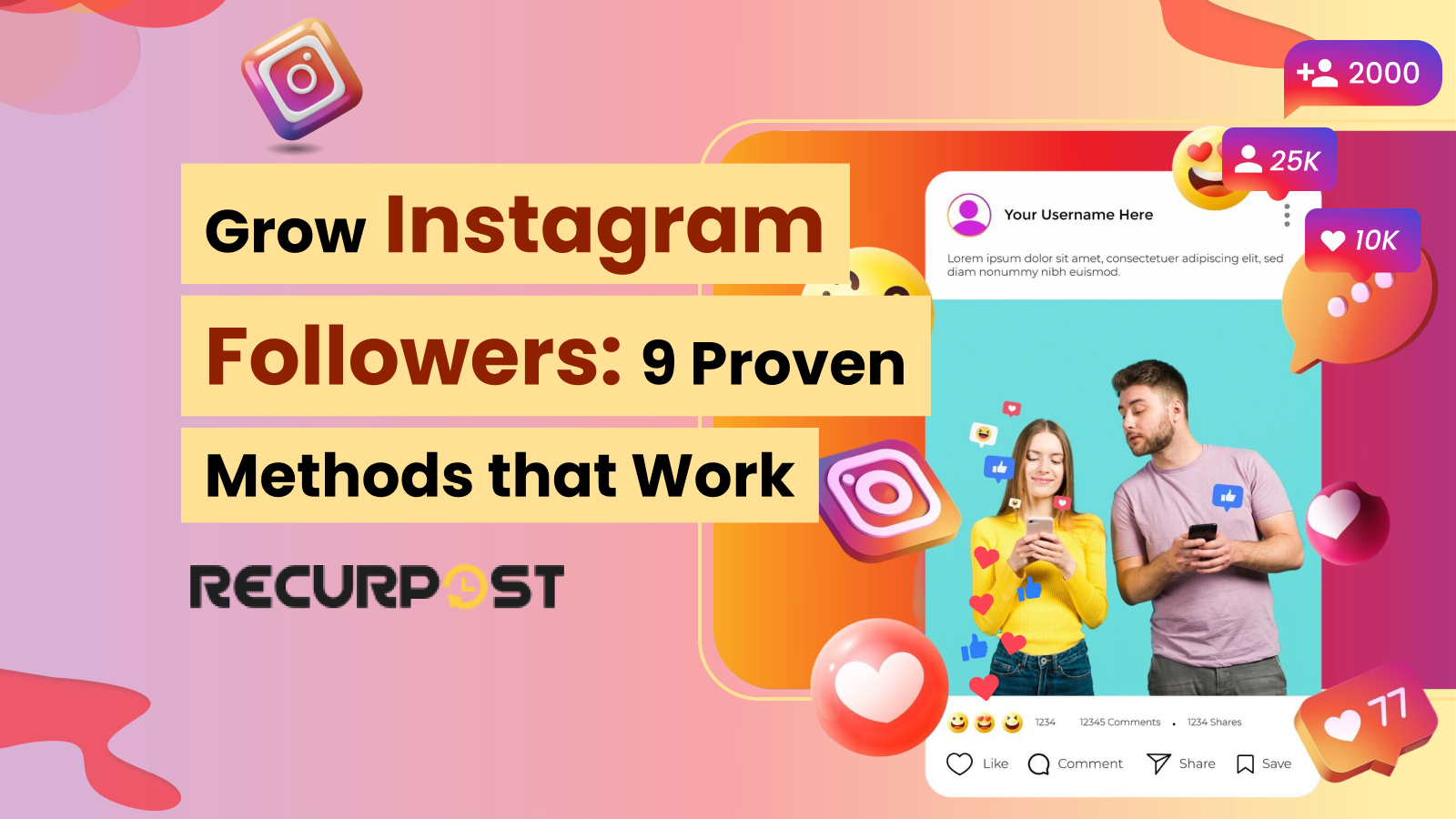Some Instagram pages seem to attract thousands of new followers, while others get stuck. Learning how to grow Instagram followers isn’t random! There’s a clear process behind big follower growth.
Real Instagram followers and organic views don’t appear overnight. Getting more Instagram followers means using a plan, growing a community, drawing in your target audience, and following steps that boost follower growth.
This guide is all about how to grow Instagram followers with real people, not bots. You’ll find tips for brands to reach more Instagram users, influencers to build their personal brand, and businesses to connect with real customers, using organic Instagram growth.
You’ll see how to optimize your Instagram profile, post content that brings in more followers, and help your Instagram account stand out. If you want to know how to grow Instagram followers in 2025, you’re in the right spot for real tips and practical steps.
How Do You Grow Instagram Followers?
- Growth Is Not Random: Growing Instagram followers isn’t about luck. It follows a clear, actionable process rooted in best practices.
- Optimize Your Profile: A sharp profile picture, memorable username, and clear, keyword-rich bio set the foundation for attracting followers. Calls-to-action and profile links drive traffic and conversions.
- Create High-Quality, Varied Content: Visual appeal, content variety (photos, carousels, Stories, Reels), and consistent posting attract and retain real Instagram followers.
- Leverage Instagram Stories & Reels: Stories and Reels boost engagement and discoverability, helping you reach new audiences and drive organic follower growth.
- Engage with Your Audience: Reply to comments and DMs, encourage user-generated content, and collaborate with others. Real, two-way engagement is more valuable than buying followers.
- Use Hashtags Smartly: Combine popular and niche hashtags for a broader reach. Branded hashtags can turn your audience into promoters and foster community.
- Analyze & Adjust Regularly: Use Instagram Insights and A/B testing to track what works. Refine your content and posting schedule for steady improvement.
- Run Contests and Giveaways: Simple, engaging contests requiring followers, likes, and tags can quickly attract active new followers.
- Cross-Promote Your Account: Share your Instagram on other social platforms, email lists, and marketing channels to funnel existing audiences to your page.
- Leverage AI Tools: Use AI for content ideas, analytics, scheduling, and engagement automation to save time and optimize your growth.
- Consistency & Patience Pay Off: Real Instagram growth takes time, expect 3–6 months of steady effort for meaningful results. Focus on building a loyal, engaged community, not just numbers.
- Actionable, Human Strategies: Every tip focuses on real engagement, authenticity, and organic methods, not shortcuts or bots.
How to Grow Instagram Followers?
Want to grow Instagram followers who actually care about your content?
These aren’t bots or random numbers. They’re real people who engage, share, and stick around. Below are practical steps that help you grow your Instagram following with purpose, not luck.
1. Optimize Your Instagram Profile
Your Instagram profile is where new followers get their first look at your page. A well-optimized profile pulls in visitors and turns them into followers by sharing your brand story, values, and what sets you apart.
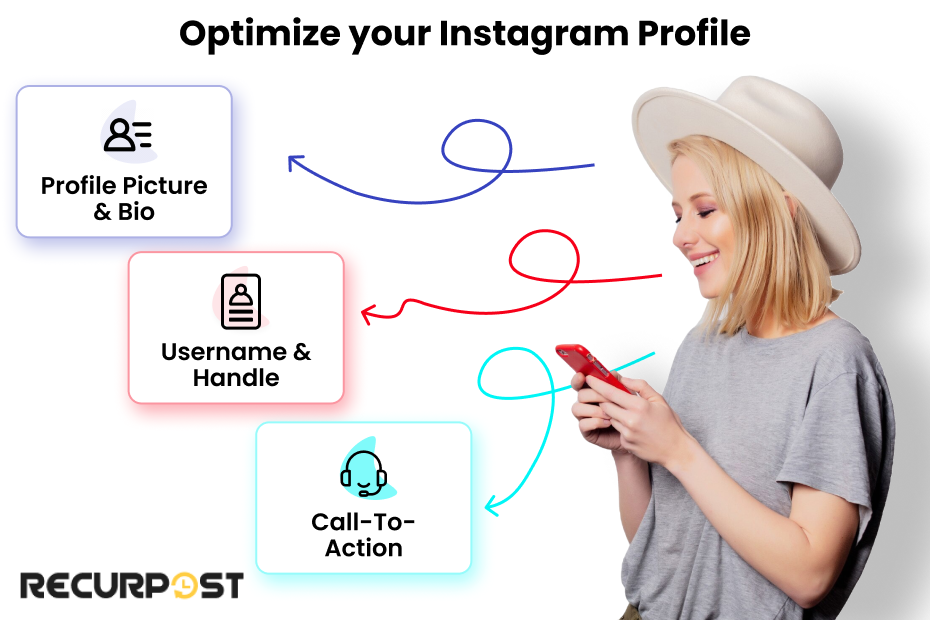
Profile Picture & Bio:
Your profile picture should look professional and be easy to spot—think brand logos for businesses or a clear, high-quality headshot for creators. In your bio, use niche keywords so people can find you. Make your identity and what you do obvious. A clear bio always attracts more Instagram followers.
Learn About Instagram Profile Viewers
Create a Winning Instagram Bio in Seconds
Grab attention, showcase your vibe, and convert visitors automatically.
Try it now and boost your profile impact:
⭐ 4.0/5 average user rating (based on 2,000+ reviews)
Username & Handle:
Pick an Instagram username people remember and can search easily. Skip special characters and keep it short. If your first choice is taken, try simple changes like adding underscores or periods, but keep your brand name easy to spot. Memorable usernames help grow Instagram followers.
Call-to-Action:
Your bio should point followers to your website, shop, or other pages with clear calls to action like “Shop now,” “Learn more,” or “Join our community.” Since Instagram allows just one clickable link in your bio, use tools like Linktree to make one link go to several places. This drives more traffic and brings in new Instagram followers.
Top Instagram Brands with High-quality Visual Content
2. Create High-Quality Content
Content fuels Instagram growth. It forms the core of how to grow Instagram followers with real, engaged users. High-quality, interesting posts lead directly to better organic growth and more people who actually care about your brand.
Have a look at 58 creative Instagram post ideas for real estate businesses
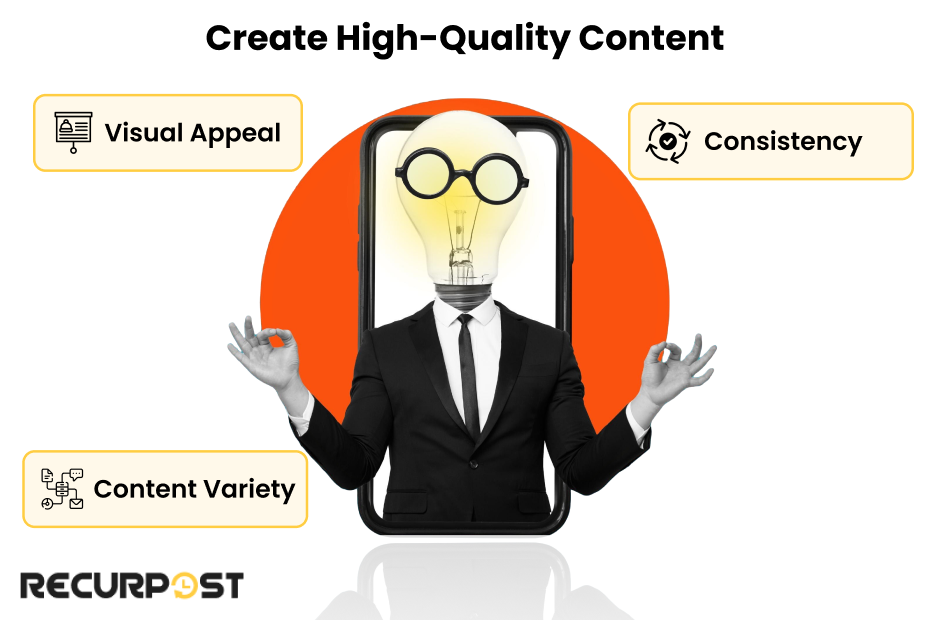
Visual Appeal:
Because Instagram is all about visuals, aim for eye-catching posts every time. Create sharp photos, on-brand graphics, and consistent visuals using tools like Canva or Adobe Spark. Strong visual quality is part of discovering how to grow Instagram followers and increase your follower count.
Content Variety:
Keep your Instagram audience engaged by mixing up your content types. Use single photos, carousels for tips or step-by-steps, and reels for short, fun videos. Stories add a personal touch and show real-life moments, product teasers, or daily news. This content mix is key to growing Instagram followers since it keeps your feed fresh and gets new Instagram users interested.
Consistency:
Posting consistently keeps you top of mind with your followers. Plan posts with a content calendar and maintain regular scheduling using an Instagram scheduler. Whether posting daily or several times weekly, consistency builds audience anticipation and retention, forming a core component of follower growth strategy.
Social Media Content Calendar for Accurate Content Planning
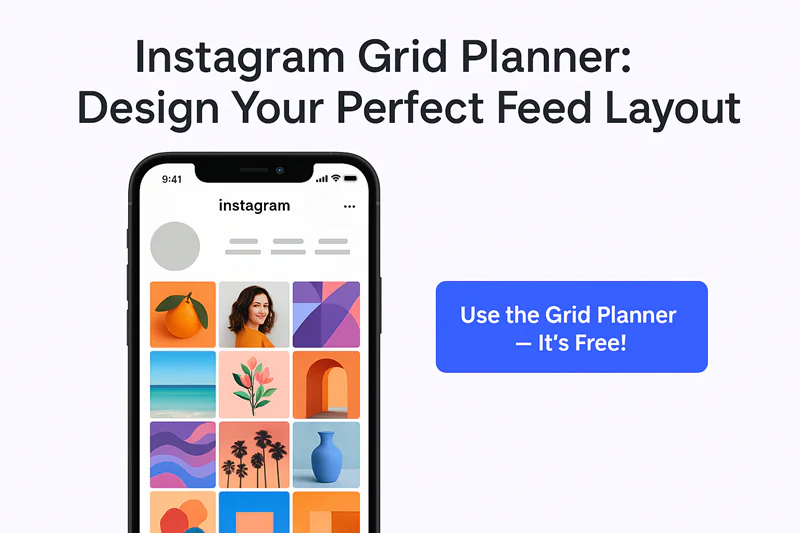
3. Leverage Instagram Stories and Reels
Instagram is projected to reach 1.44 billion monthly active users by 2025. Using Stories and Reels is a powerful way to grow Instagram followers quickly and reach people who want new content. Both tools help increase discoverability and drive engagement, key factors if you want to know how to grow Instagram followers and build a real audience.
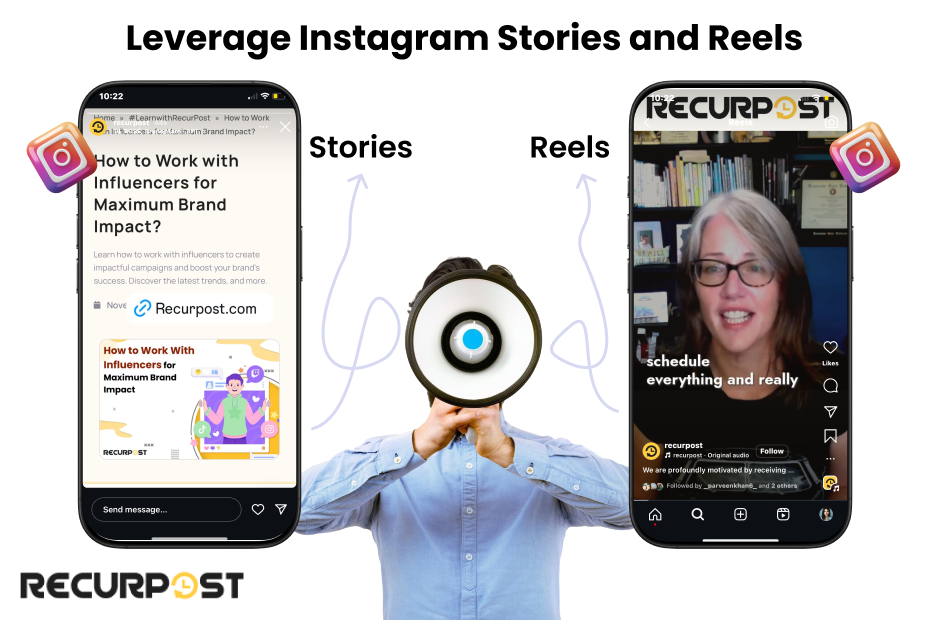
Stories:
Stories let you share moments as they happen. Use Stories to show behind-the-scenes clips, feature user-generated content (UGC), or run polls and Q&As. Each of these options builds stronger connections, helps you grow Instagram followers, and sparks real engagement. Interactive Stories drive organic follower growth through more personal and authentic content.
Reels:
Reels, short, creative videos that Instagram loves, give you a chance to grow Instagram followers and reach people outside your current base. Entertaining, helpful, or inspiring Reels are favored by the IG algorithm and can go viral, showing everyone how to grow Instagram followers with smart content.
How to Grow Your Business on Instagram
4. Engage with Your Audience
Growing an Instagram community takes more than just sharing posts; it’s about genuine connections that help you grow Instagram followers and keep them interested. If you want to know how to grow Instagram followers through real engagement, this is where it starts.
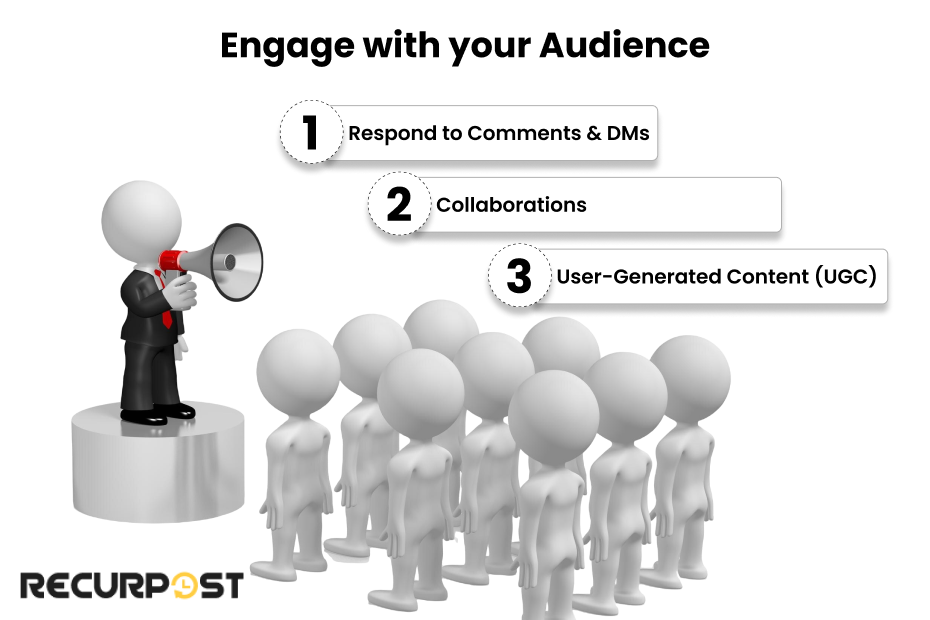
Respond to Comments & DMs:
Quick replies to comments and direct messages (DMs) build loyalty and spark more engagement. Thank your followers, answer their questions, and show you care about their support. These honest interactions help turn new followers into loyal fans, which is one of the easiest ways to grow Instagram followers over time. Buying followers never builds trust; real engagement does.
Collaborations:
Working with other users, brands, or Instagram influencers introduces your page to new people. Choose partners with a similar audience (but not direct competitors). Try joint giveaways, live sessions, or guest posts to reach new audiences and gain followers. Each collaboration helps you grow Instagram followers by sharing audiences and creating new connections.
User-Generated Content (UGC):
Ask followers to create content that features your brand or products. Sharing user-generated content (UGC) makes your community stronger and gives social proof. When followers see others engaging with your brand, they’re more likely to follow and join in. UGC is a smart way to grow Instagram followers by using trust and creativity.
Building a strong follower base helps boost your social presence. As you continue to grow your Instagram followers, you can explore how to monetize your account using the tips to make money on Instagram. Turn your Instagram growth into more opportunities as your audience expands.
5. Use Hashtags Strategically
Hashtags boost post visibility and help you grow Instagram followers by reaching a bigger audience. Strategic hashtag use means your posts show up for users searching those topics, helping you build a real community. The best way to grow followers with hashtags is to mix popular ones (100K–500K posts) with niche hashtags that attract your perfect audience.
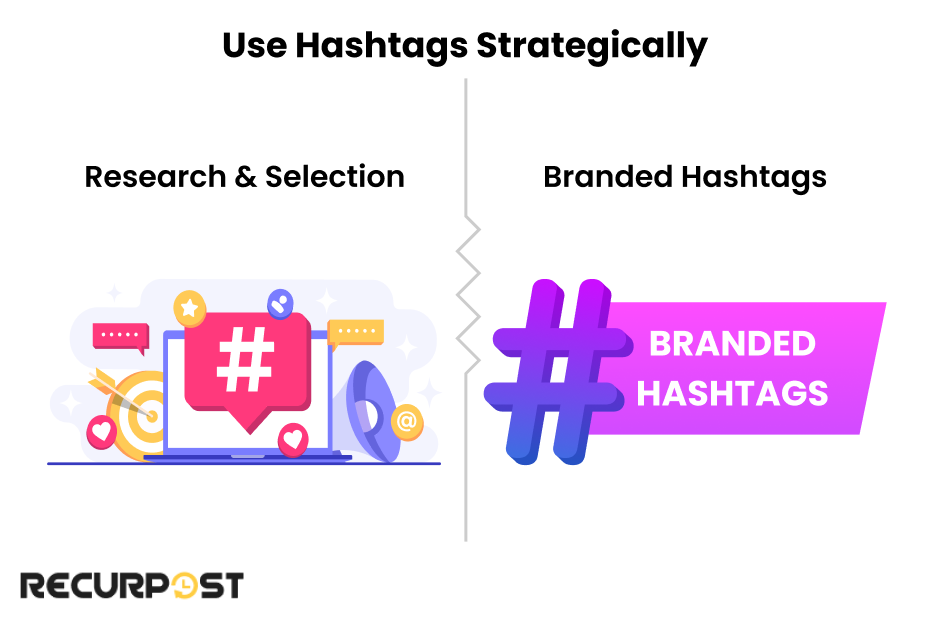
Research & Selection:
Find the best hashtags in your niche using tools like Hashtagify or Instagram’s own search. Blend broad hashtags with niche-specific ones to get your content seen by more people who care. This approach makes it easier to grow followers and brings the right eyes to your page.
Boost Your Reach with the Instagram Hashtag Generator
Get AI-curated hashtags that actually work based on your content and trends.
Try it now and watch your visibility grow:
⭐ 4.3/5 average user rating (based on 2,000+ reviews)
Branded Hashtags:
Create your own branded hashtags to grow a community around your brand. Encourage your followers to use these hashtags when they post about your business. This not only builds community but also helps you grow followers by turning your audience into active promoters.
How to Use Hashtags Effectively on Social Media for More Insights
6. Analyze and Adjust Your Strategy
To grow Instagram followers steadily, you need ongoing effort and smart changes. Reviewing your results helps you see what works and what needs to change. If you’re wondering how to grow Instagram followers by adjusting your strategy, start with simple steps.
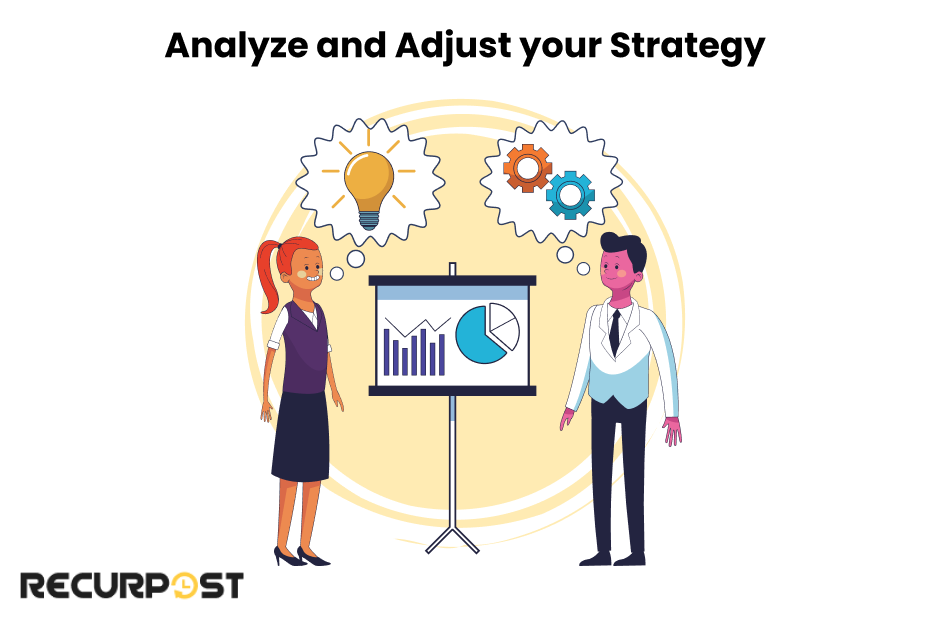
Instagram Insights:
Instagram offers free analytics tools for tracking account progress. Watch your follower growth, engagement rate, and each post’s performance. Use these numbers to find what helps you grow followers. If a certain type of content or time slot works well, do more of it. Patterns from data can point you toward better growth in your social media strategy.
A/B Testing:
Try different post styles, hashtags, and posting times to learn what your audience prefers. A/B testing compares what’s most effective for your goals. This kind of ongoing testing shows how to grow Instagram followers by focusing on what your audience really likes.
Best Social Media Analytics Tools
7. Run Contests and Giveaways
Contests and giveaways help you grow Instagram followers by encouraging engagement and drawing in new people. But how to grow Instagram followers with these methods? The answer is simple: boost excitement and make it easy for users to join.
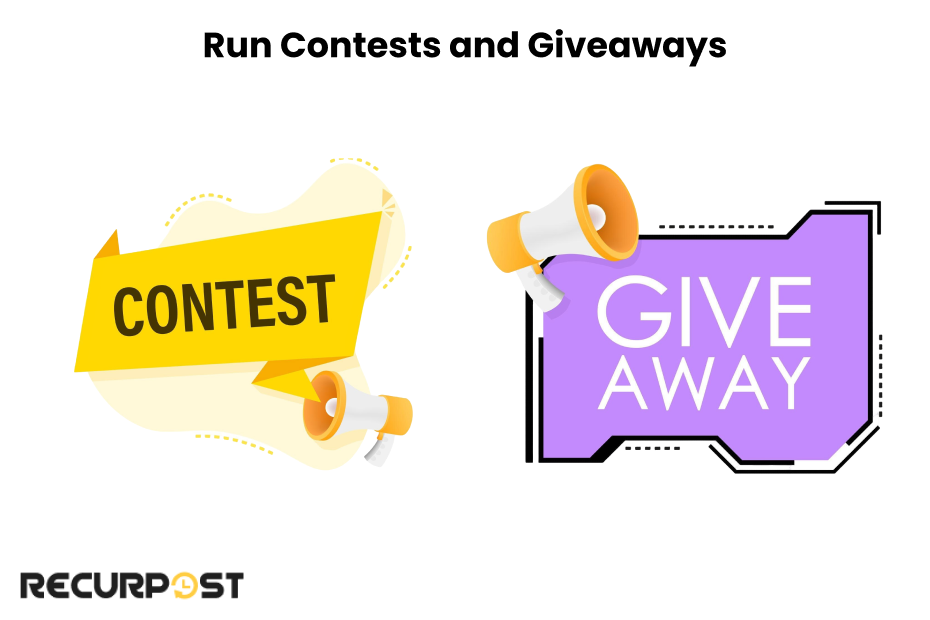
Boost Engagement:
Contests spark real interest and action. Ask participants to follow your account, like your contest post, and tag friends to enter. This is a fast way to grow Instagram followers and get your posts shared across new networks. These new followers are often more active and likely to engage with your content.
Rules & Execution:
Keep your contest rules clear and the prizes appealing to your target audience. Announce winners quickly and share the results. The right prize can help you grow followers who care about your brand and stick around long after the contest ends.
Check Out Creative Social Media Post Ideas
8. Cross-Promote Your Instagram Account
Stay updated on the latest Instagram trends. If you want to grow Instagram followers, make use of your audience on other channels. Cross-promotion is one of the best answers to how to grow Instagram followers. It sends people from your website, other social networks, and your email list straight to your Instagram profile.
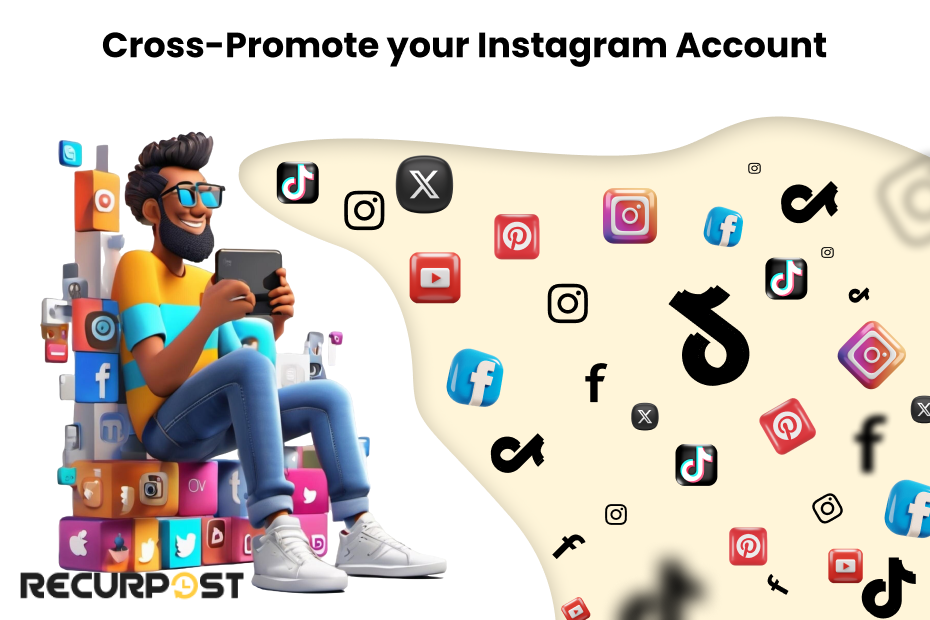
Other Social Media Platforms:
Share your Instagram account on Facebook, Twitter, LinkedIn, or even YouTube. Link to your Instagram in your bio, posts, or stories. This helps you grow Instagram followers by introducing your Instagram profile to users who already like your content somewhere else.
Email Marketing:
Send emails to your list at optimal times, inviting people to check out your Instagram page. Highlight exclusive content, special offers, or updates only found on Instagram. Using email is a simple, proven way to grow followers by reaching out to an audience you already have.
Use Our Social Media Campaign Proposal Template Generator to Speed up Client Conversion
9. Leverage AI Tools for Instagram Growth
AI tools now make it easier than ever to grow Instagram followers. Want to know how to grow Instagram followers with technology? The answer is smart, automated solutions that save time and boost results.
AI Content Creation:
AI-powered tools can suggest post ideas, design visuals, and pick the best times to publish. These tools look at trends and your audience’s interests, helping you create posts that connect. Using AI for content creation is a top way to grow followers by keeping your feed active and interesting, without burning out.
Automated Engagement:
AI engagement tools can help you identify and interact with accounts that match your target audience profile. These tools can automate likes, comments, and follows within parameters you set, expanding your reach while maintaining authentic interactions. Automated engagement tools offer a systematic approach to how to increase IG followers by scaling your engagement efforts strategically.
Analytics and Optimization:
AI-powered analytics platforms do more than basic stats. They look at your results, your competitors, and your audience’s behavior to recommend changes. These insights help you grow Instagram followers by making better, data-driven choices for your next posts.
Final Thought
Growing Instagram followers takes time and steady effort. Start by optimizing your profile, sharing high-quality content, engaging your audience, using smart hashtags, and making the most of Stories and Reels. With these steps, you can build a real following that supports your goals.
Consistency is what matters most. Organic Instagram growth typically requires three to six months of consistent effort to show meaningful results. Posting regularly, sharing quality content, staying active in your niche, and interacting with followers all help you grow followers over time.
Stick with these steps, and your follower count will grow. Your engagement will go up, too. If these tips helped you, follow us on Instagram for more advice and ideas on how to grow Instagram followers. Share your own growth stories in the comments. Real progress comes from dedication and smart planning.
FAQs
1. What type of content should I post to grow Instagram followers?
Share eye-catching content that matches your brand. Mix images, carousels, Stories, and Reels to keep your audience interested. High-quality visuals and a steady posting schedule help you grow Instagram followers and keep them coming back.
2. How important is an Instagram bio for attracting followers?
Your bio is key. It’s the first thing most visitors see. A clear bio with your value, a call-to-action, and strong keywords make it easier to grow followers by turning visitors into real followers.
3. How often should I post on Instagram to grow my followers?
Consistency matters. Post at least once daily, but adjust to your audience’s habits. A regular schedule keeps your feed active, which helps you grow followers over time.
4. Can collaborations with others help grow Instagram followers?
Yes. Working with users, brands, or influencers brings your page to new people. Giveaways, live streams, and guest posts are strong ways to grow followers through cross-promotion.
5. What if my follower growth is stagnant?
Check your stats with Instagram Insights. Find which posts do best, then update your content and schedule. Try A/B testing new types of posts or hashtags to learn how to grow Instagram followers more effectively.
6. How does cross-promotion help grow Instagram followers?
Share your Instagram on Facebook, Twitter, LinkedIn, and through email marketing. These channels introduce your Instagram page to followers you already have elsewhere, making it easier to grow Instagram followers from your existing audience.
7. How to grow Instagram followers for business?
1. Optimize your profile: clear bio, logo, and website link
2. Post high-quality, useful content (Reels, Stories, carousels)
3. Use hashtags and geotags relevant to your niche
4. Respond to comments and DMs
5. Collaborate with influencers or brands
6. Use Instagram ads and shoppable posts
7. Keep your branding consistent
All these steps help you grow Instagram followers for your business.
8. How to grow Instagram followers organically?
– Share content that solves real problems or entertains
– Post consistently at active times
– Use niche hashtags
– Like and comment on other accounts in your space
– Share honest, behind-the-scenes moments
These tips show how to grow Instagram followers without paid ads.
9. How long does it take to grow Instagram followers?
It depends on your effort, content, and engagement. For organic growth, most accounts see steady results in 3–6 months. Ads and collaborations can speed things up, but patience is needed for long-term gains.
10. How to rank your Instagram followers?
Instagram doesn’t rank followers, but you can use Insights to see who engages most. Tools and engagement lists help you spot loyal fans and brand advocates. Focus on these connections to grow Instagram followers with lasting value.

Ruchi Dhimar is a skilled content writer with 5 years of experience. She is passionate about crafting compelling narratives, specializing in writing content for different industries.

